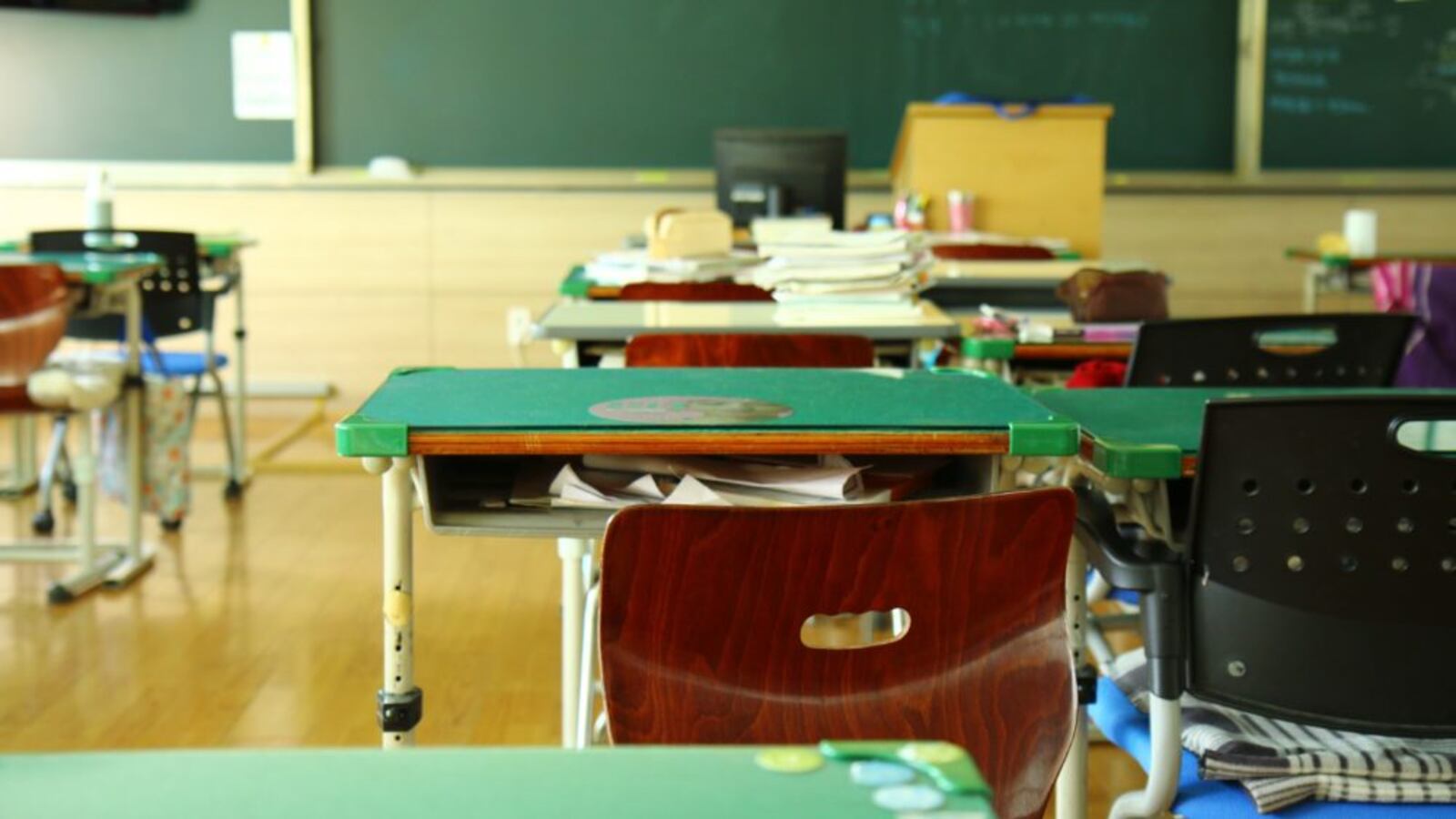Just last week, Michele Clark Academic Prep Magnet High School Principal Charles Anderson completed a task that can vex even the steeliest of urban school administrators: He filled his final staff vacancy for fall.
That’s an accomplishment in a district that, also last week, reported more than 1,000 teaching vacancies across its more than 600 schools. On Tuesday, at a press conference where Chicago Mayor Lori Lightfoot laid out her planned investments for schools across the next few years, Anderson spoke in support of expanding a program that helps recruit and retain teachers at schools hit hardest by turnover.
Related: Room at the top: Chicago schools chief looks to fill leadership vacancies
“It has helped me assemble a dynamic team of high-quality educators who are ready to invest in the success of our students,” said Anderson, whose school enrolled 570 students last year and employed more than 30 teachers. “This is one of the first times I can say this: By July 25, I was fully staffed.”
Chicago Public Schools said Tuesday it is expanding its “Opportunity Schools” program to 10 more high schools, including Clark, that have high percentages of students living in poverty. Research shows schools with higher populations of poor students and students of color tend to have a harder time hiring and holding on to teachers, and often have higher concentrations of inexperienced teachers compared with majority-white schools. The district said hiring is already underway for the new crop of schools in the program.
“We are prioritizing the highest-need schools in order to make sure the professionals who work in these schools every single day have the resources — and the human-resource support outside of that — to do their best work on behalf of children,” schools chief Janice Jackson said.
Related: 5 big questions for Mayor Lori Lightfoot about Chicago school funding reform
The district launched its Opportunity Schools in 2016. The expansion will bring the number of participating schools to 60. The program recruits early-career teachers for jobs at high-needs school, pairs them with veteran teacher mentors, and assigns them monthly coaching and professional development sessions in small groups.
“For the first time in my professional career, I was surrounded by peers who cared about my story and wanted to learn even more,” said Marlon Henriquez, who moved to Chicago two years ago to teach at Pilsen Academy after working two years as an educator in Minnesota. “I know I am where I belong.”
About 500 teachers participate in the program, more than half of them people of color, and more than two-thirds teach subjects that have been impacted most by an ongoing teacher shortage, such as special education, according to the district.
Related: The struggle to diversify Chicago’s teaching ranks
District-provided data show that from 2017 to 2018, the program boosted the one-year retention rate of early-career teachers — that is, educators with one to three years experience — at participating schools to 67% , a 19 percentage-point improvement compared with 2016-17. At all district-run schools, early teacher retention increased from 74% to 78% during that span.
Teacher vacancy rates at participating schools also fell from 6.6% to 6% from 2016 to 2018, the district said. The rate for all district run schools grew slightly from 3.7% to 3.8% in that span.
Here are the 10 high schools joining the Opportunity Schools program:
- Air Force Academy High School
- Chicago Vocational Career Academy High School
- Michele Clark Magnet High School
- George H. Corliss High School
- Edwin G. Foreman College and Career Academy
- Gage Park High School
- Sarah E. Goode STEM Academy
- Greater Lawndale High School for Social Justice
- Kelvyn Park High School
- Multicultural Academy of Scholarship
According to Chicago Public Schools human resource data, of the 1,470 new teachers hired in the 2014-15 school year, only 55% still worked in the district three years later. Of the 214 new black teachers hired that year, only 51% were still working at the district by their third year, compared with 69% of Latino teachers and 53% of white teachers, who accounted for three out of every five new teachers.
The one-year retention rate for all new teachers in the 2017 fiscal year was 80 percent, but the retention rate for new black teachers was about 4 percentage points below that, the lowest among the three biggest racial groups at the district.

